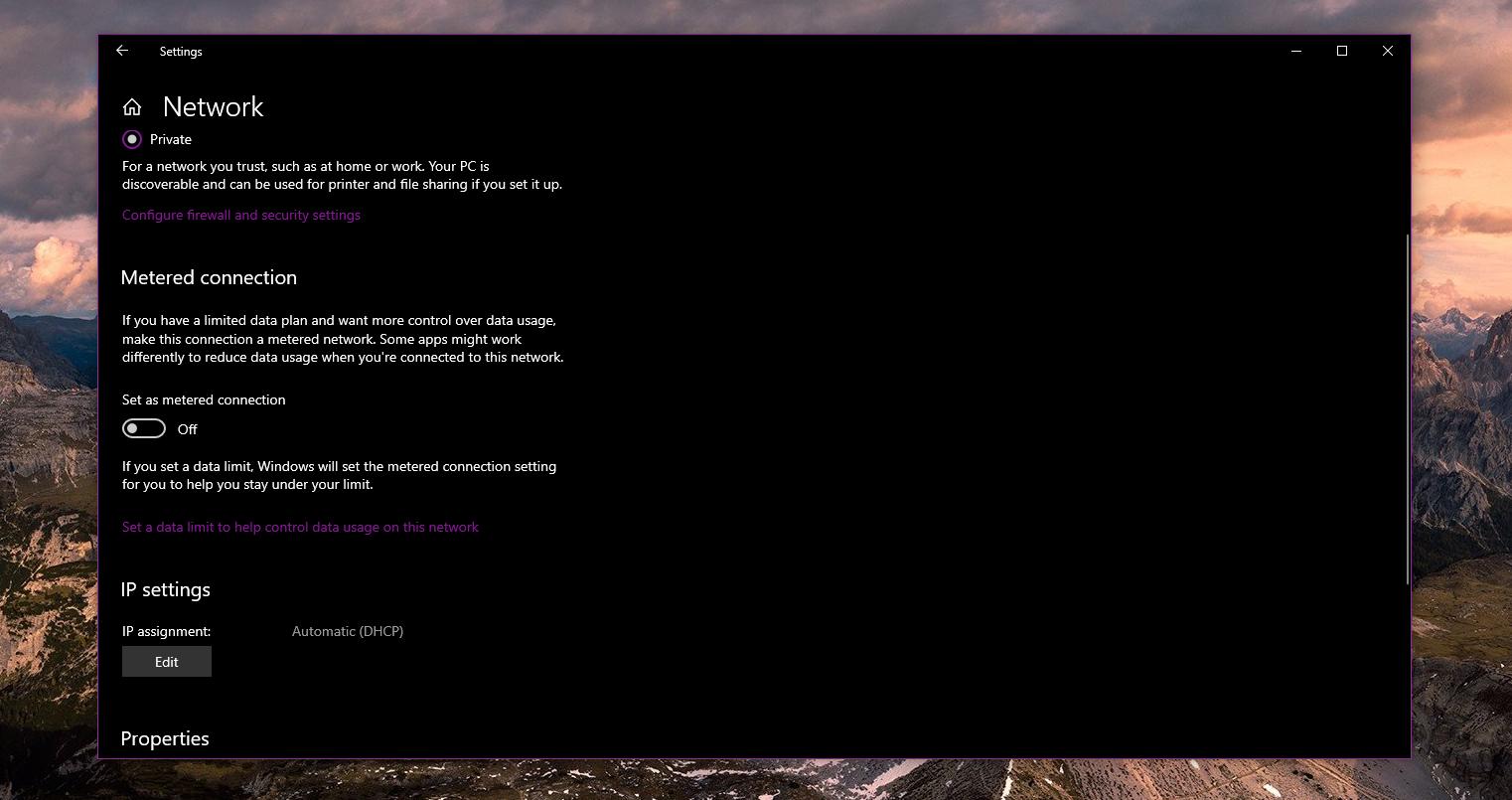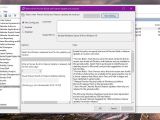Windows 10 May 2019 Update is just around the corner, and Microsoft says the public rollout would kick off late next month to production devices across the world.
As compared to the previous feature updates for Windows 10, the May 2019 Update will make its way to PCs at a slower pace, as Microsoft wants to detect issues earlier and resolve them before they reach a significant number of devices.
“Our desire to find the most impactful issues quickly required us to think differently about how we apply natural language processing (NLP) and machine learning (ML) to identify high-severity issues faster, even when few people report them,” Microsoft said.
“We are also evolving our intelligent rollout ML model to better differentiate devices that will have a good update experience. We have added new label criteria so we can train the model on a broader set of issues, such as display or audio issues after update.”
In other words, Microsoft wants to avoid another Windows 10 feature update fiasco, which is obviously critical after the October 2018 Update.
The latest feature update, called October 2018 Update and version 1809, was pulled only a few days after its launch due to a critical issue potentially causing the removal of user files. The update was re-released more than a month later with a built-in fix, but with plenty of other issues impacting the user experience.
Considering all of these, it’s no surprise that users are looking into ways to delay the upgrade to the latest Windows 10 version. And in the case of the May 2019 update, there are several ways to do it.
First and foremost, if you’re running Windows 10 Home, you can use a very simple trick that configures your network connection as metered.
To do this on a standard network, follow these steps:
Settings > Network & Internet > Ethernet > Click network > Set as metered connection
On Windows 10 Pro, you can defer updates straight from the Windows Update configuration screen. The path you need to follow is this:
Settings > Update & security > Windows Update > Advanced options
A feature update includes new capabilities and improvements. It can be deferred for this many days
Windows 10 Pro users can also turn to the Group Policy Editor to configure update deferral. Launch the Group Policy Editor by typing gpedit.msc in the Start menu and follow this path:
Computer Configuration > Administrative Templates > Windows Components > Windows Update > Windows Update for Business
Select when Preview Builds and Feature Updates are received
Once you select one of these two, you should be able to choose how many days you want to defer the update.
Just click the apply button and that’s it. All changes must be made before the May 2019 Update downloads on your device, so you can technically make these settings today in anticipation of the public launch.

 14 DAY TRIAL //
14 DAY TRIAL // 



